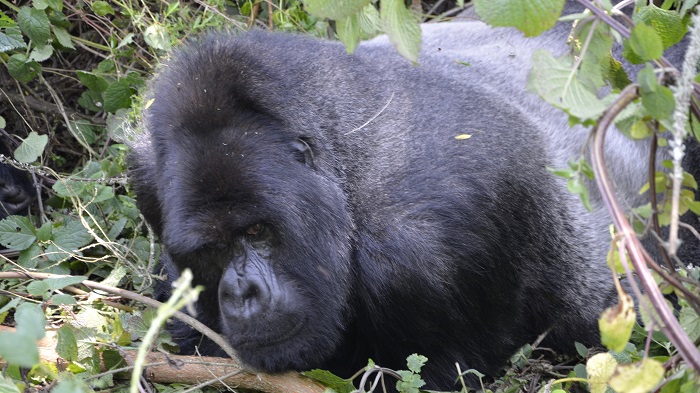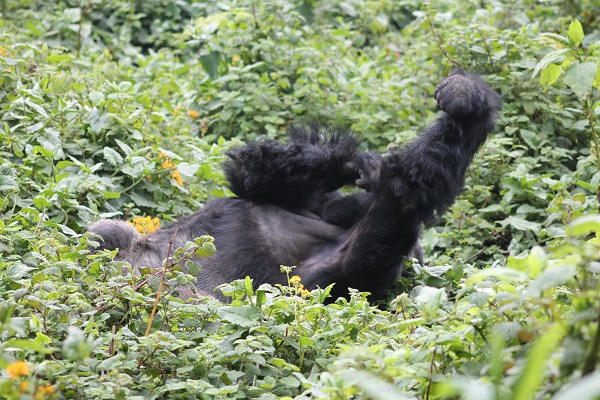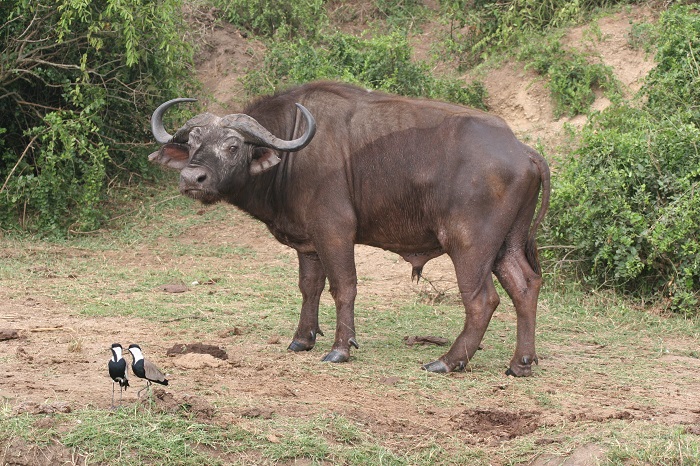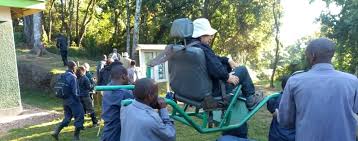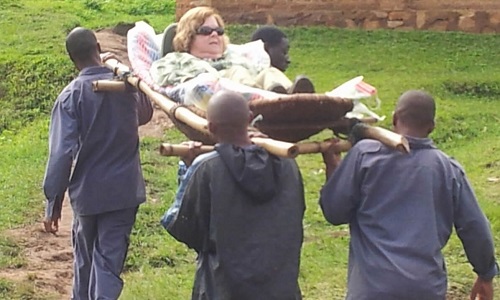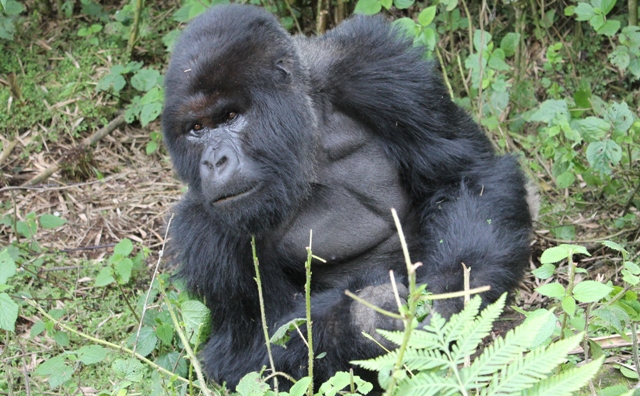
“What should I do when encountering a gorilla?”. This is a common question asked by travelers that are preparing to see the gorillas in the wild. The thought of coming face to face with a 400pound (200kg) silverback gorilla, the world’s strongest primate, in the dense African jungle can be unnerving.
Before going out into the jungle you are given briefing on how to behave while with the gorillas to ensure that the gorillas are not stressed by your presence and also protect you from any backlash from the gorillas.
The following tips assume you are encountering a habituated gorilla during the gorilla trekking adventure in Rwanda, Uganda, or Congo.
However, note that different gorillas have different character and the guide will always caution about certain cantankerous individuals in the gorilla family.
Here are the guidelines and tips on what to do when encountering a gorilla during the gorilla tour
Keep 7 meters from the gorillas (social distancing).
You are advised to always keep at least 7 meters (23 feet) from the gorillas at all times. This is to avoid stressing the gorillas, and it is also a way of “social distancing” with the gorillas to avoid possible transmission of diseases between gorillas and humans.
But the playful and curios juveniles may move close to observe you. Other times an adult may just like the spot where you are and could move and sit or stop right next to you. In these situations, step back till you are about seven meters, or keep moving back as long as the gorilla is moving towards you until you can move no more.
If you are in the gorilla’s path that walking towards you, set aside and let it continue on its path.
Avoid eye contact with the silverback gorilla
Eye contact with the silverback gorilla is an indication to the silverback that you are challenging his supremacy. He will get agitated and may charge at you. So immediately you find yourself in a direct stare with the silverback gorilla, please look away. Yes, of course it is quite tempting to look into the fiery big reddish-brown hypnotizing eyes of this gentle giant.
Do not use flash with the camera
Turn off the flash from the camera before encountering the gorillas. Flash from the camera disorients the gorillas, scaring them away. It may also provoke the silverback gorilla to charge.
Do not make sudden movements
When in the vicinity of the many gorillas do not make sudden movements, such as running or picking branches. The gorillas may feel threatened and flee or provoke charging from the silverback.
Keep close with your group
Do not isolate your self and keep away from the rest of your tracking group. Keep close to the group so that the silverback can’t easily single you out in case he is agitated.
Speak in a low tone (whispers)
Keep your voice low as the gorillas love peace. If you have to speak do so in whispers.
In case a silverback charges at you crouch and look down
This is rare but has happened if perhaps you got too close to him or any of his members or do something that puts him off. The silverback may charge at you and if this happens stay calm do not run. Look down and crouch.
Do not eat near the gorillas
Do not carry any foods or eat near the gorillas. The gorillas have a strict diet comprising of plants in their habitat. Any foreign food may upset their digestive system and cause death.
